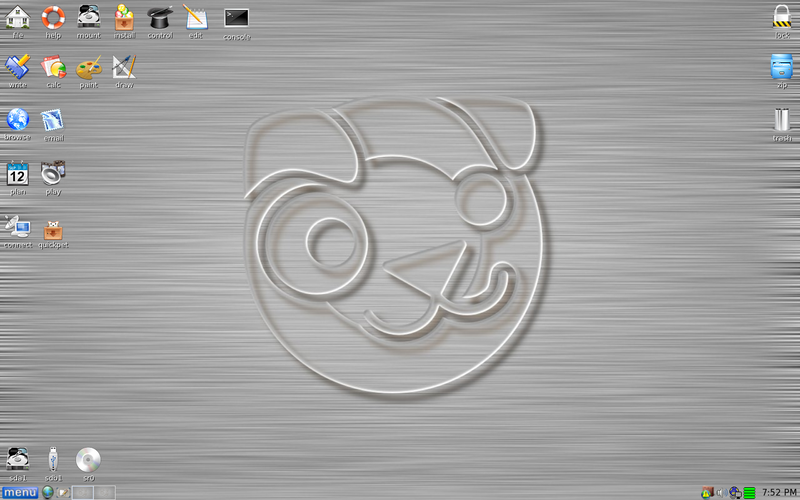I'm sure you see this every other day here but I'm quite stuck with no way out.
Here's how it happened. An old dell 5100 laptop (XP Home, IIRC updated to SP3 (at least SP2 for sure but probably SP3), with 2 1gig chips in it. One went bad (I determined after I couldn't power on, and swapping the chips in out between the two slots showed which one wouldn't work. I never let the machine start to boot, just went into BIOS (if it came on) each time btw..) OK.
I still had my old 512MB chips so I figured why not run with 1.5G instead of 1G until I get the dead 1G chip replaced. Booted up (1st attempt at that now), Seemed OK, no errors/anomalies at all..
Started to open some txt documents up (in several folders) I'd been working on when one important one was missing. I know I didn't delete it, and a search for the document by name (which I know for sure) on the entire C drive yielded nothing. Got nervous and did a normal, orderly shutdown (no problem there), took out the 512MB chip, and when I went to power on, I was greeted with:
Windows could not start because the following file is missing or corrupt:
\windows\system32\config\system
You can attempt to repair this file by starting windows setup using original setup CD-ROM.
Select 'r' at the first screen to start repair
A google search led me here.
I don't have the original cd anymore, but I found a CD of XP Home with SP2 and another CD with XP Home SP3, rolled in..
I tried this:
With both CD's (minus the chkdsk because I just needed the machine up quick), and it had no effect.
Exact same error each time.
I haven't tried the UBCD method, but I'm not even sure it would work seeing as how the above failed (and what I'm about to say below).
What you must know is that system restore is off because the drive only has about 60mb of free space (there are NO restore points), and I don't have any backups of anything (yes I'm terrified, yes I fouled up badly here. I should've cleaned house long ago).
Is there any foreseeable way I will be able to get back to my desktop? (very first thing I will do if I can get back into my desktop is to copy all my stuff onto a windows share on another machine. I promise that)
Thank you kindly.
I anxiously await hopeful words.
*Edit: Actually, I just tried (1st time) to see if I could get to the menu where you can choose "Safe Mode" (and all those options), and I CAN get to that part..
I don't know if that is helpful/hopeful, if that could point to another way to repair this (after what I've already done above), but I will not choose anything here and await further advice.
Also, this was most certainly caused by the mismatched ram I tried since I've run for years with the two 1G sitcks and no such issues like this until tonight..
Edited by stevezant, 02 November 2013 - 12:54 AM.

















 Sign In
Sign In Create Account
Create Account

